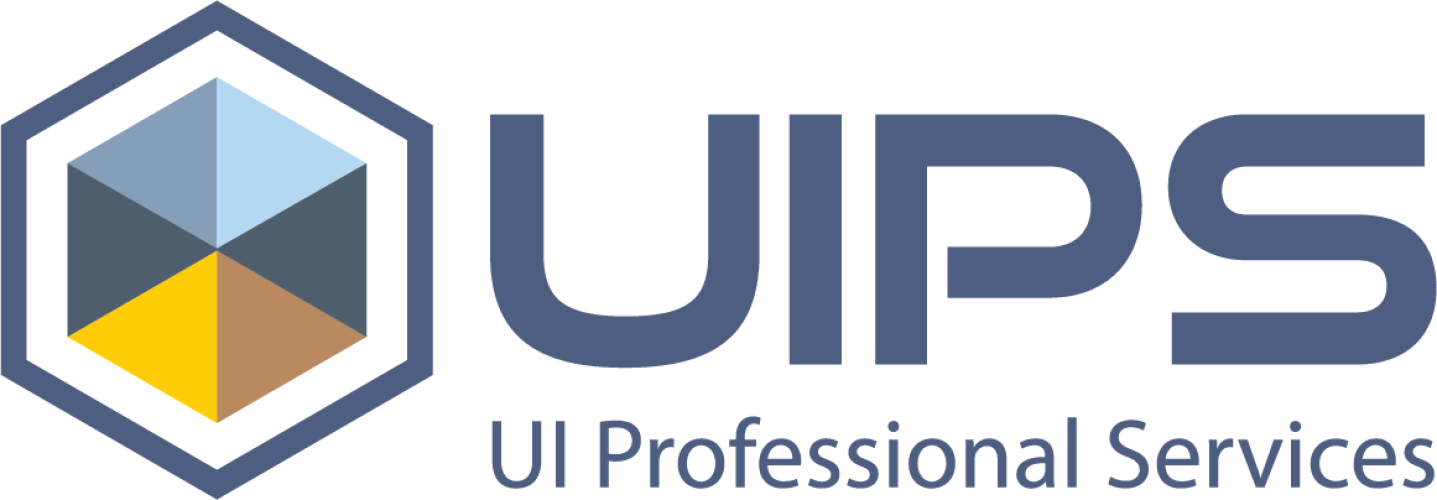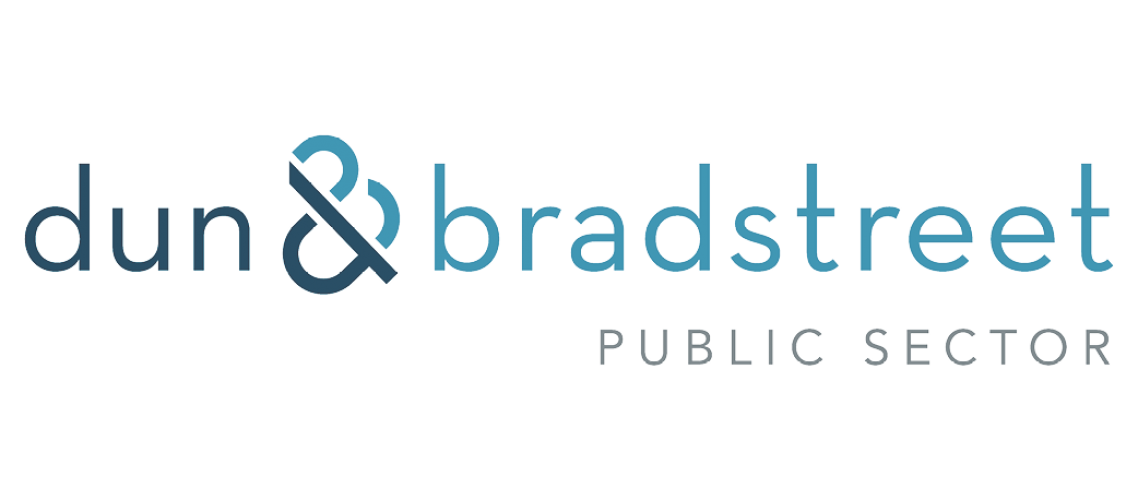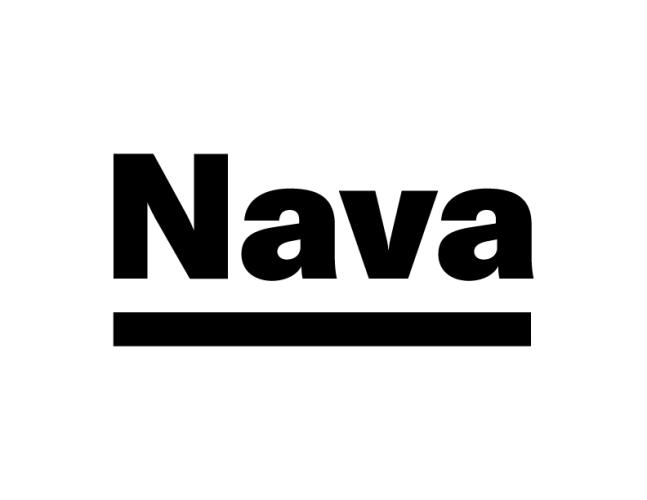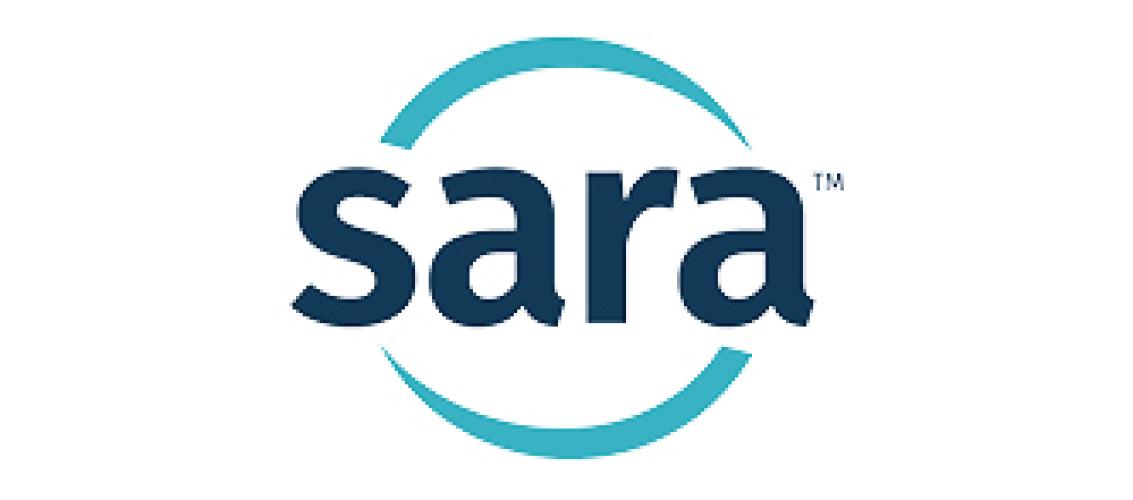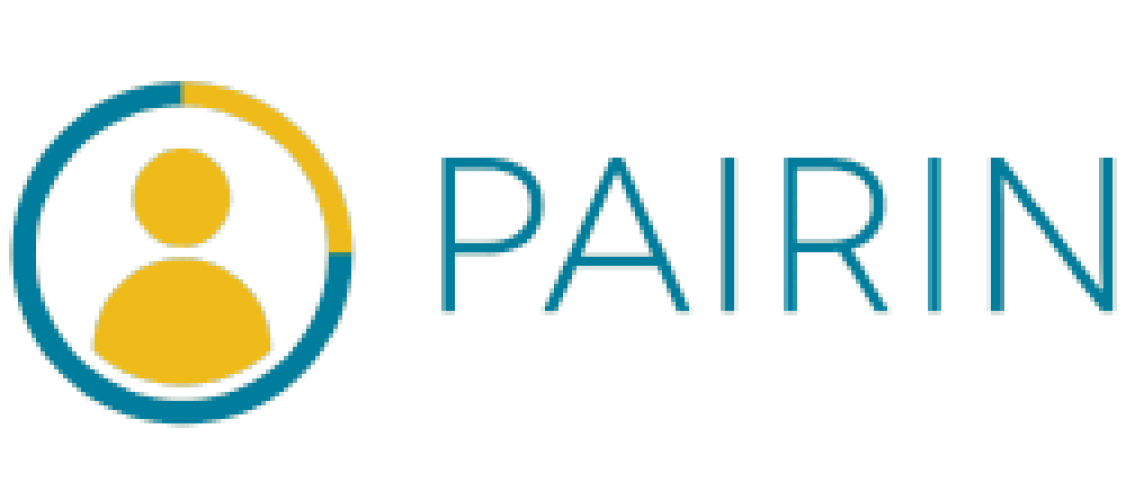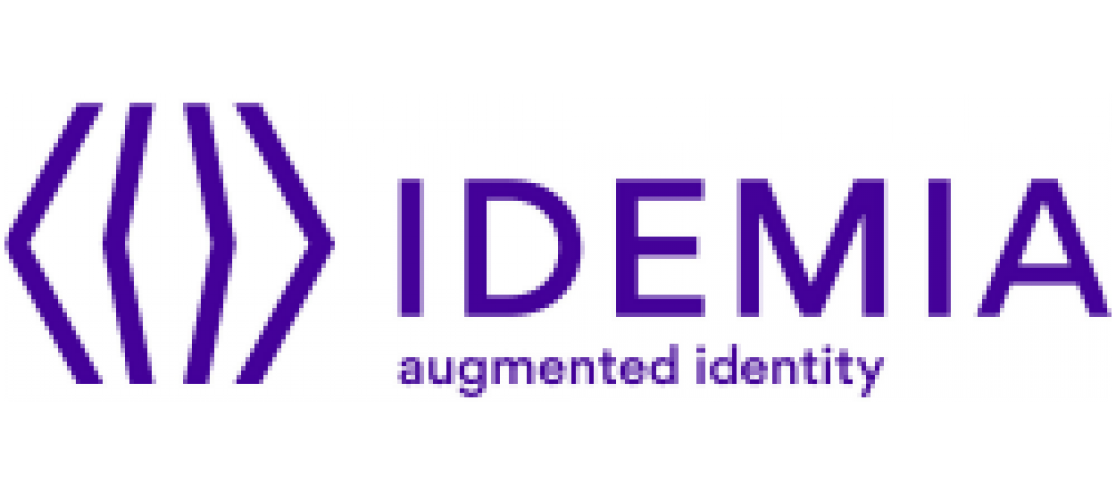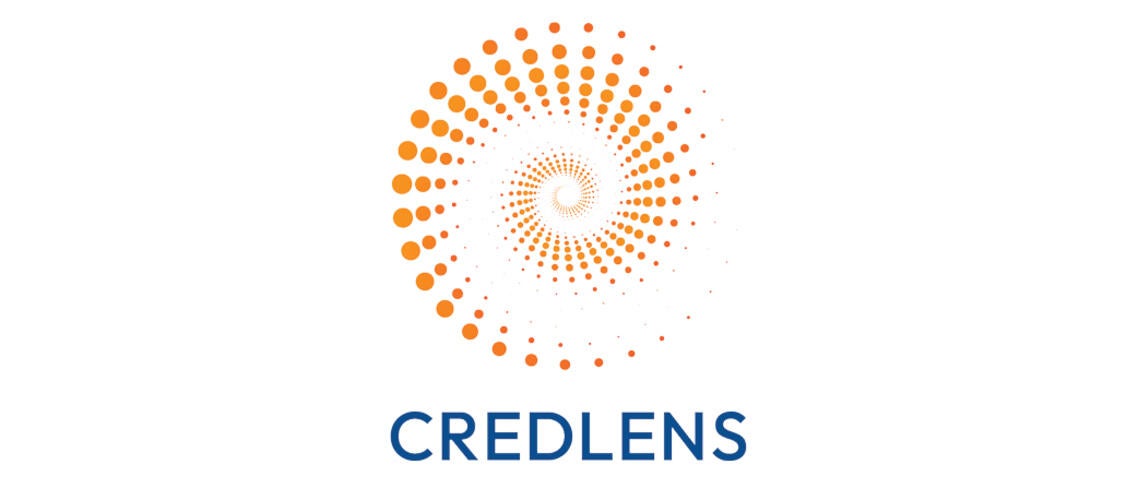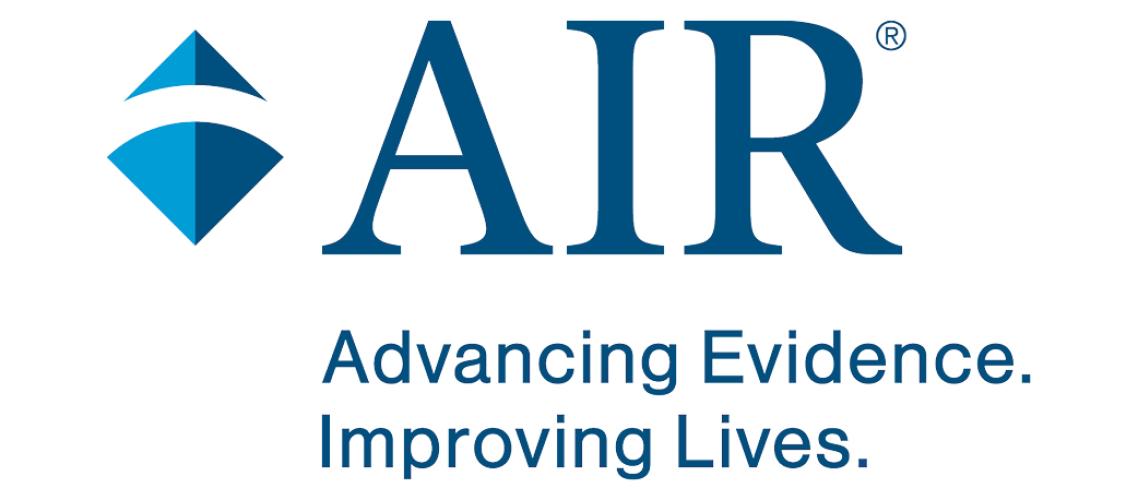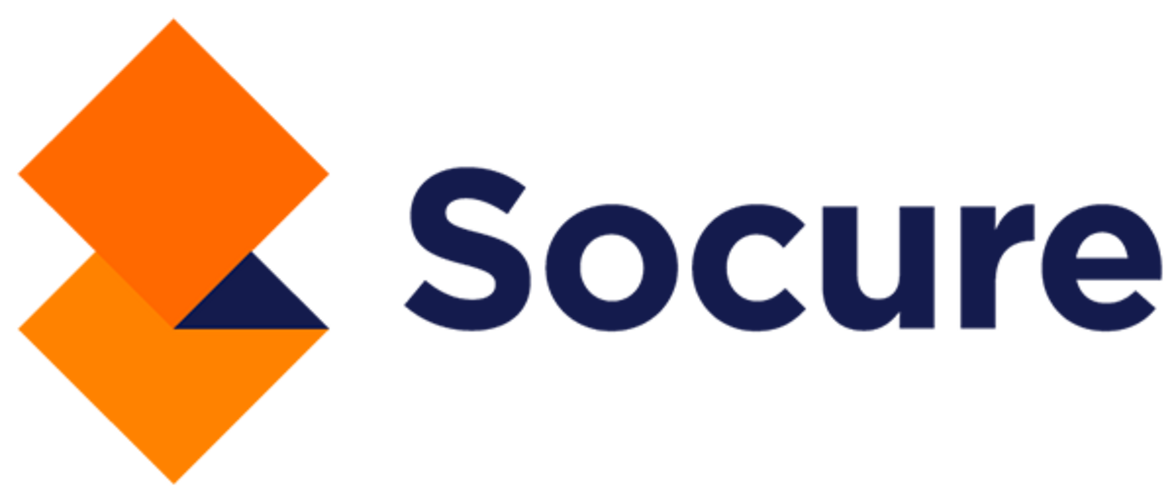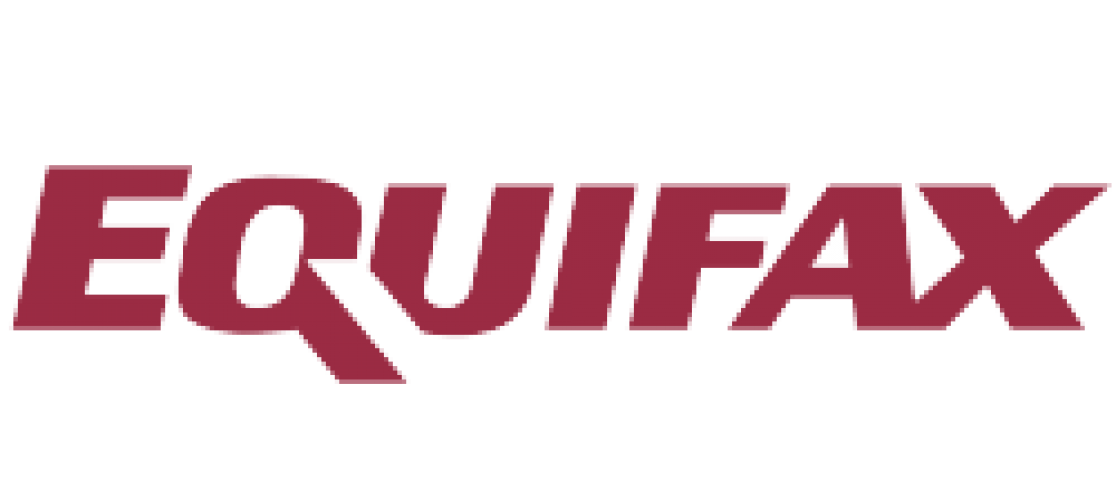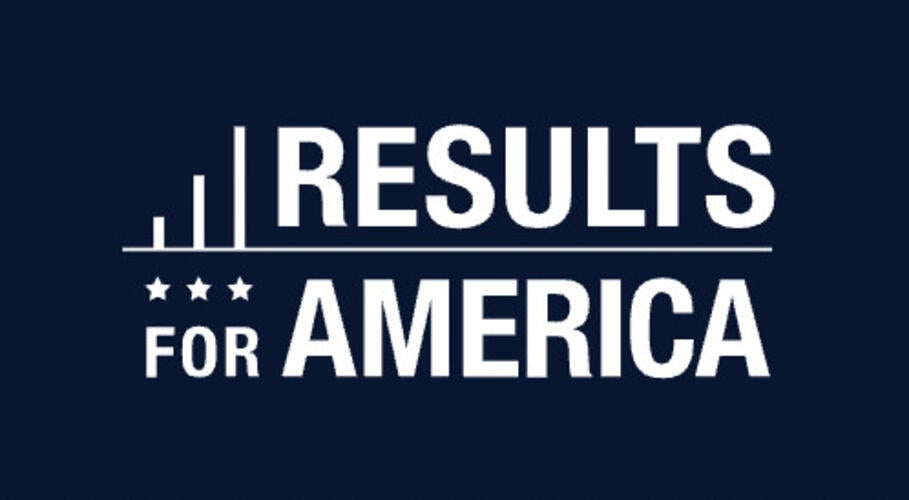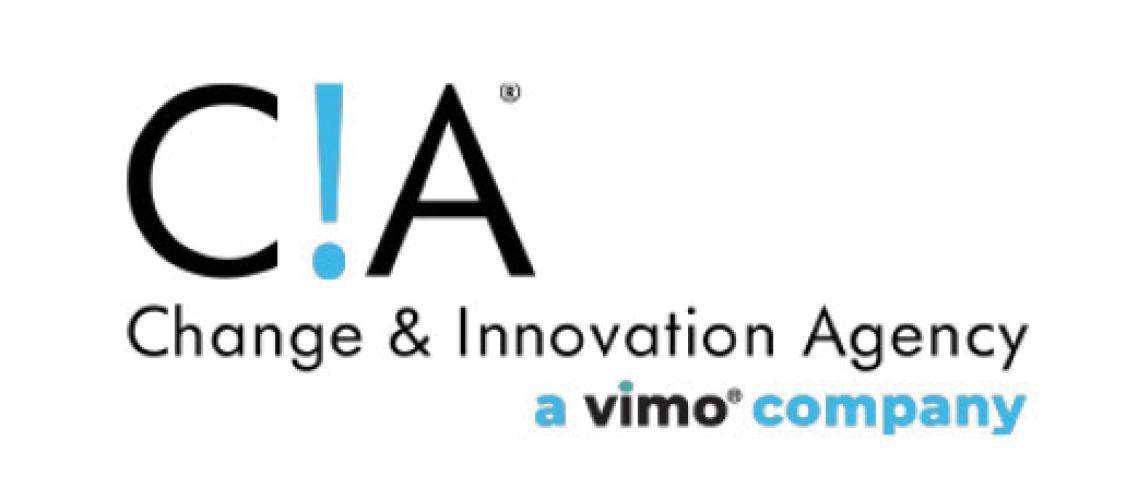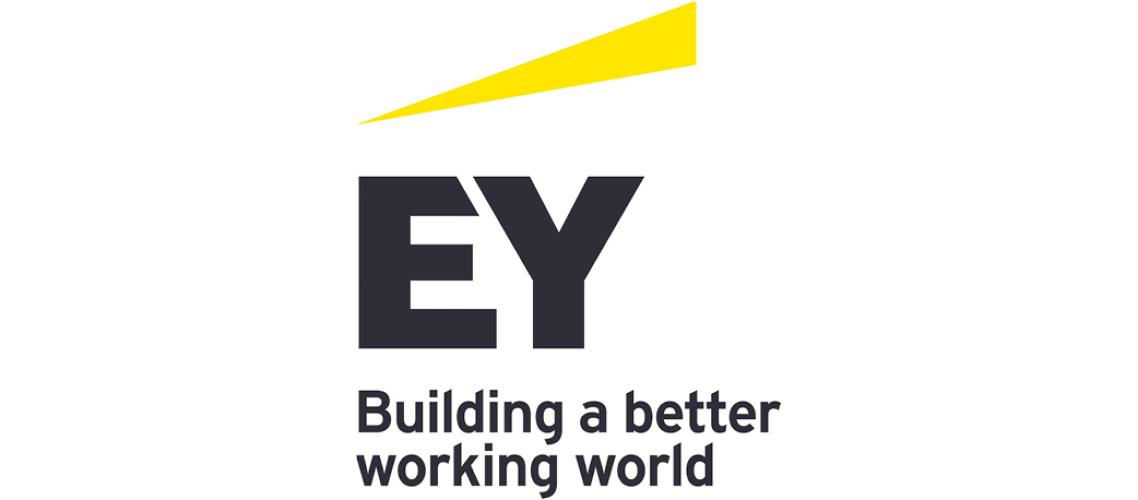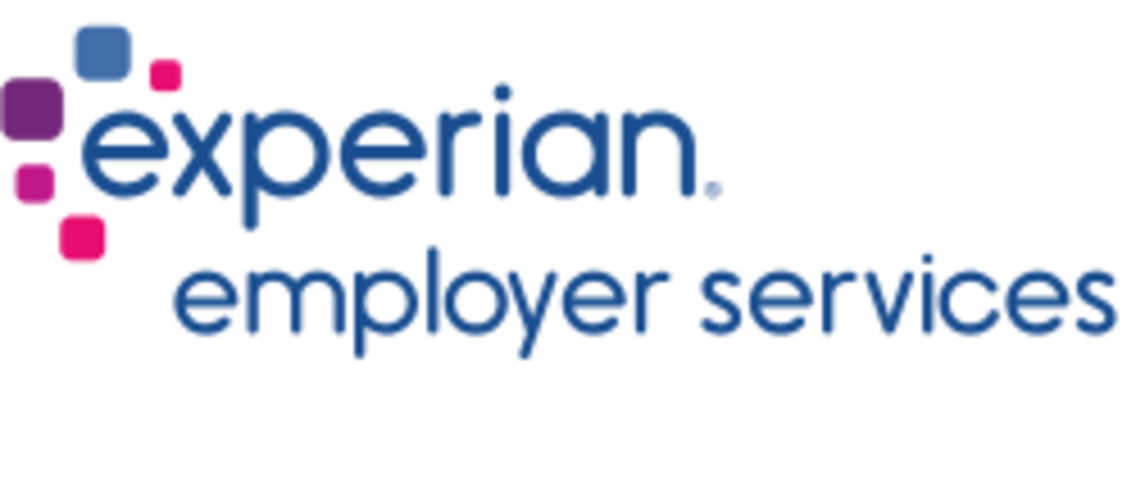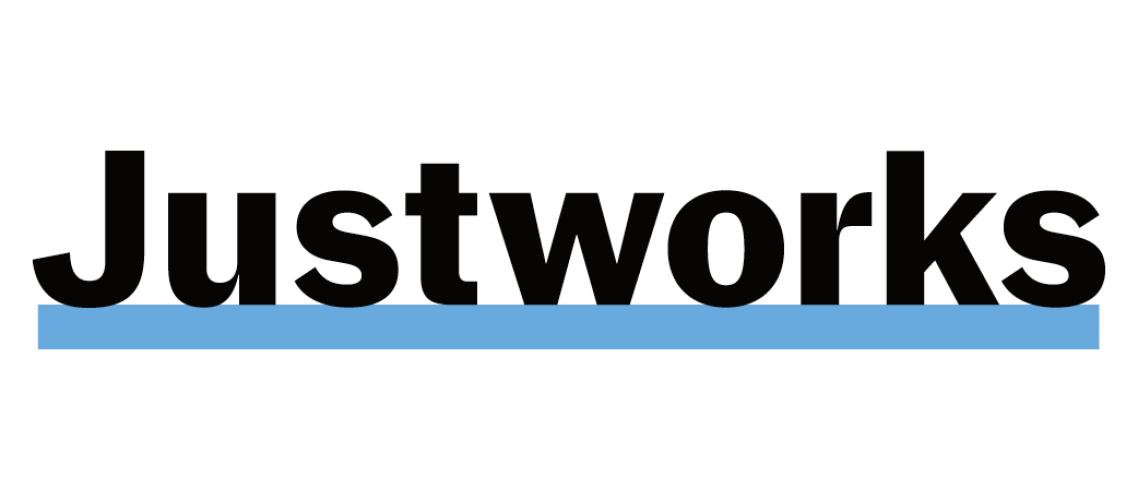Wisconsin Workforce Innovation Award Nomination: Oakhill Correctional Institution Job Center
Contact Information of Individual Submitting Nomination
Nominator: Becky Kikkert
Email Address: rebeccal.kikkert@dwd.wisconsin.gov
Agency Name: Wisconsin Department of Workforce Development
Oakhill Correctional Institution Job Center
The Wisconsin Department's of Workforce Development and Corrections partnered with the Workforce Development Board of South Central Wisconsin to establish an itinerant job center at Oakhill Correctional Institution (OCI). OCI is a minimum-security state correctional facility located in Oregon, Wisconsin with an average daily population of 760 individuals. The OCI Job Center is in the school building inside the institution and is operational for approximately 20 hours per week with staff from DWD and WDBSCW providing direct services to inmates such as: career readiness programs, job search assistance, resume development, services for veterans, registered apprenticeships, and assistance for individuals with disabilities.
Innovation is key to develop a new project or produce a revolution of change. This is the first-of-its-kind job center in a correction institution in Wisconsin. It provides inmates with the opportunity to create legitimate Job Center of Wisconsin (JCW) accounts to search for jobs, develop resumes, and apply for employment opportunities in the community. This is a level of internet access (for the purposes of preparing for post-release employment) that inmates otherwise do not have. It additionally allows for a continuity of services from prerelease to post-release and an integration of reentry and workforce services.
The OCI Job Center is the first of its kind in Wisconsin. Since the project is a pilot, data and information to understand the return on investment is key. Data from this project will be gathered to determine if the project:
- Better prepares inmates for release to the community;
- Assists inmates in obtaining and maintaining employment upon release; and
- Positively impacts recidivism rates.
This allows us to provide direct services to a sub-section of the population that we were previously limited in our ability to serve. To mitigate risk, we have adjusted our service delivery model such that we provide inmates with a limited set of functionalities through the Job Center of Wisconsin. The ability for customers to change their email address, communicate through the application, etc. has been restricted. We have also reevaluated certain components of account management, such as password resets and forgotten usernames, to be able to serve inmates who only have a limited amount of time in the job center.
The Job Center career exploration, pre-apprenticeship or other work-based training for soon-to-be release offender have leg up upon release for employment opportunities partnered with employer resources such as Fidelity Bonding and the Work Opportunity Tax Credit.
Statement of results, accomplishments, impacts and any other appropriate information that demonstrates why the nominee's efforts were an exceptional contribution.
This approach was chosen to meet both state and federal mandates, but also to try something new and innovative that would initiate positive impact on inmates nearing their mandatory release date and better prepare them for the transition back into the community with the resources needed to be gainfully employed, earning a family-sustaining wage. The correctional facility job center offers soon-to-be released inmates the opportunity to be provided needs assessments, career planning services, vocational rehabilitation services, veteran services, and registered apprenticeship opportunities before their transition to the community and the workforce. Inmates are focused on goals and plans that include self-improvement while also paving the way for positive life and employment outcomes upon release.
This project was created due to the evidence that inmates who are engaged in pre-release services that continue into the community have a higher likelihood of success. DWD can track several items with the services provided in this pilot project. For example: how many inmates are served, what services were provided to the inmates, number of veterans served, number of DVR clients served, number of inmates with an apprenticeship certificate, employment outcomes, wages, for DVR clients the length of time between application and closure, and other.
Other significant contributions
The biggest initial hurdle/challenge was in making the determination to allow inmates to access the internet (on a very limited basis). There is no other project currently in place at DOC which inmates can access the internet. With this knowledge, understanding and accepting this risk was an important decision that was made at the highest level. Along these lines, throughout the process DOC and DWD met frequently to determine what the access should look like and to build additional security protocols to ensure inmates could not access inappropriate materials and/or create any additional victims in the community. Extensive testing took place on the inmate workstations to determine security issues, and throughout the process DOC and DWD adjusted the level of access. Specifically, DWD created a restriction that prevents DOC inmates from logging in to JCW accounts that have been created in the community. Likewise, individuals in the community can’t log into JCW accounts that have been created in DOC. Inmates who are released will then be able to use this JCW account that was created in the institution after they are released by staff turning off the “correctional” indicator in the DWD database.
Examples of work
WI - attachment 1
WI - attachment 2
WI - attachment 3
WI - attachment 4
WI - attachment 5
WI - attachment 6
WI - attachment 7


